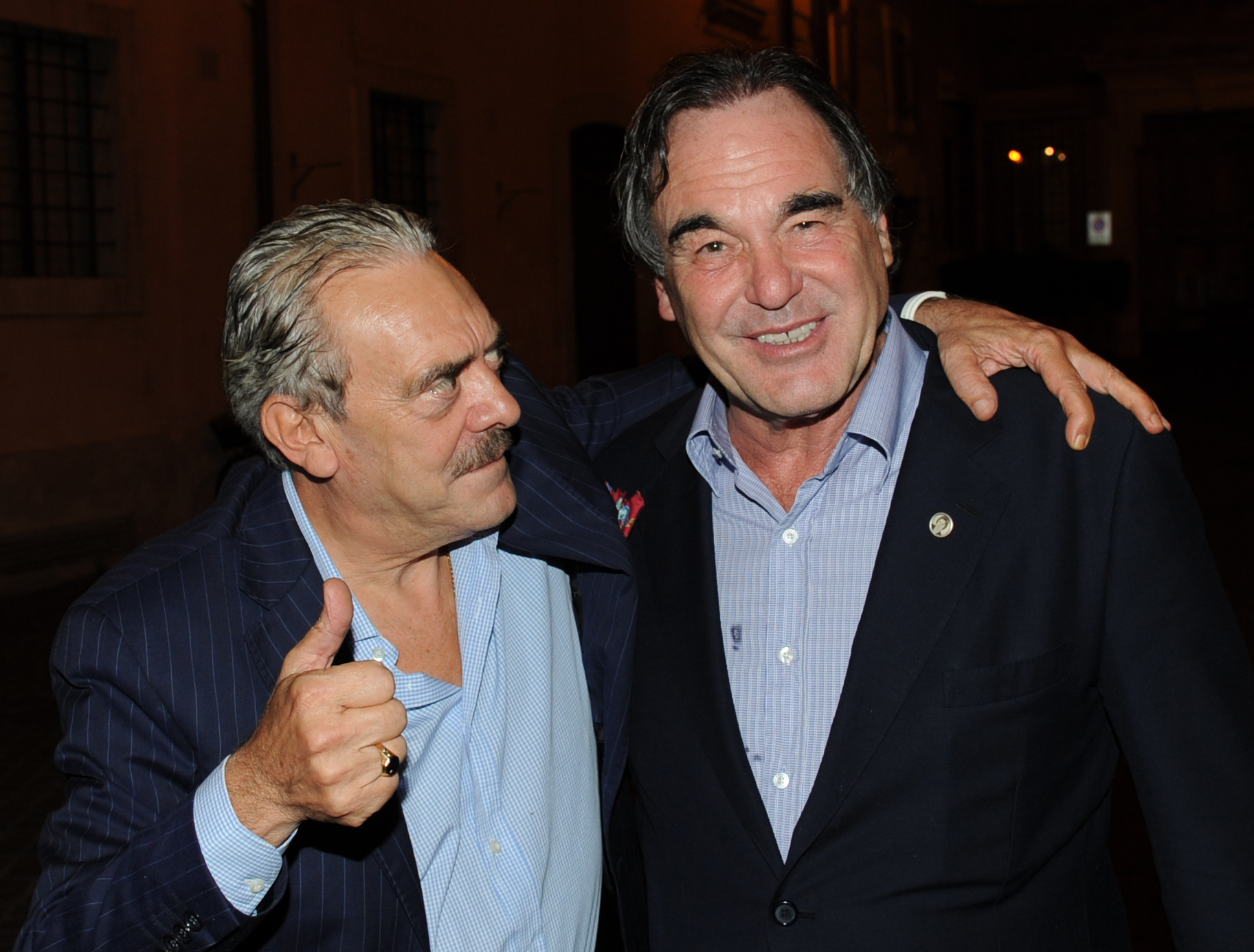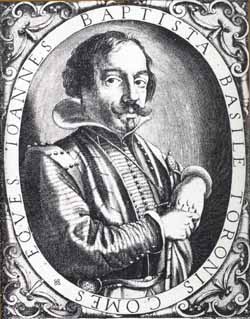|
Paparazzi
Paparazzi (, ; ; singular: masculine paparazzo or feminine paparazza) are independent photographers who take pictures of high-profile people; such as actors, musicians, athletes, politicians, and other celebrities, typically while subjects go about their usual life routines. Paparazzi tend to make a living by selling their photographs to media outlets that focus on tabloid journalism and sensationalism (such as gossip magazines). Description Paparazzi tend to be independent contractors, unaffiliated with mainstream media organizations, and photos taken are usually done so by taking advantage of opportunities when they have sightings of high-profile people they are tracking. Some experts have described the behavior of paparazzi as synonymous with stalking, and anti-stalking laws in many countries address the issue by seeking to reduce harassment of public figures and celebrities, especially when they are with their children. Some public figures and celebrities have expres ... [...More Info...] [...Related Items...] OR: [Wikipedia] [Google] [Baidu] |
La Dolce Vita
''La Dolce Vita'' (; Italian for "the sweet life" or "the good life"Kezich, 203) is a 1960 satirical comedy-drama film directed and co-written (with Ennio Flaiano, Tullio Pinelli and Brunello Rondi) by Federico Fellini. The film stars Marcello Mastroianni as Marcello Rubini, a tabloid journalist who, over seven days and nights, journeys through the "sweet life" of Rome in a fruitless search for love and happiness. The screenplay, written by Fellini and three other screenwriters, can be divided into a prologue, seven major episodes interrupted by an intermezzo, and an epilogue, according to the most common interpretation.Cf. Bondanella 1994, p. 143 and Kezich, p. 203 Released in Italy on 5 February 1960, ''La Dolce Vita'' was both a critical success and worldwide commercial hit, despite censorship in some regions. It won the Palme d'Or at the 1960 Cannes Film Festival and the Academy Award for Best Costumes. It was nominated for three more Oscars, including Best Director ... [...More Info...] [...Related Items...] OR: [Wikipedia] [Google] [Baidu] |
Margherita Guidacci
Margherita Guidacci (April 25, 1921 – June 19, 1992), was an Italian poet born in Florence, Italy. She graduated from the University of Florence in 1943 and traveled to England and Ireland in 1947. Guidacci married the sociologist Lucca Pinna in 1949, and they moved to Rome in 1957. The poet taught English language and literature at the '' Liceo Scientifico Cavour'' for ten years, from 1965 to 1975. Literary style The poetry of Margherita Guidacci is deeply spiritual but not in the religious sense. Rather her poems include profound sentiments and a view of life as a search for regeneration and resurrection from death. Guidacci regarded life as a passage and its desolation and pain a means toward transformation beyond death. Translator of English poets Guidacci is noted for her Italian translations of English poets, including John Donne's sermons and Emily Dickinson's poetry. T. S. Eliot and Elizabeth Bishop are among other poets Guidacci translated into her native language. ... [...More Info...] [...Related Items...] OR: [Wikipedia] [Google] [Baidu] |
Ron Galella
Ronald Edward Galella (January 10, 1931 – April 30, 2022) was an American photographer, known as a pioneer paparazzo. Dubbed "Paparazzo Extraordinaire" by ''Newsweek'' and "the Godfather of the U.S. paparazzi culture" by ''Time'' magazine and '' Vanity Fair'', he is regarded by ''Harper's Bazaar'' as "arguably the most controversial paparazzo of all time". He photographed many celebrities out of the public eye and gained notice for his feuds with some of them, including Jacqueline Onassis and Marlon Brando. Despite the numerous controversies and claims of stalking, Galella's work was praised and exhibited in art galleries worldwide. During his career, Galella took more than three million photographs of public figures. Early life Galella was born in New York City on January 10, 1931, in a family of Italian heritage. His father, Vincenzo, was an immigrant from Muro Lucano, Basilicata, who manufactured pianos and coffins; his mother, Michelina (Marinaccio), was born in New Jerse ... [...More Info...] [...Related Items...] OR: [Wikipedia] [Google] [Baidu] |
Jacqueline Kennedy Onassis
Jacqueline Lee Kennedy Onassis ( ; July 28, 1929 – May 19, 1994) was an American socialite, writer, photographer, and book editor who served as first lady of the United States from 1961 to 1963, as the wife of President John F. Kennedy. A popular first lady, she endeared the American public with her devotion to her family, dedication to the historic preservation of the White House and her interest in American history and culture. During her lifetime, she was regarded as an international icon for her unique fashion choices. After graduating with a Bachelor of Arts in French literature from George Washington University in 1951, Bouvier started working for the ''Washington Times-Herald'' as an inquiring photographer. The following year, she met then-Congressman John Kennedy at a dinner party in Washington. He was elected to the Senate that same year, and the couple married on September 12, 1953, in Newport, Rhode Island. They had four children, two of whom died in infancy. Follo ... [...More Info...] [...Related Items...] OR: [Wikipedia] [Google] [Baidu] |
Rino Barillari
Rino Barillari OMRI (born Limbadi, 8 February 1945) is an Italian photographer. He is often referred to as "The King of Paparazzi". Barillari was appointed to the Order of Merit of the Italian Republic The Order of Merit of the Italian Republic ( it, Ordine al Merito della Repubblica Italiana) is the senior Italian order of merit. It was established in 1951 by the second President of the Italian Republic, Luigi Einaudi. The highest-rankin .... He was named an honorary lecturer in photography at Xi'an International University in October 2011. References External links * 1945 births Living people Italian photographers {{Italy-photographer-stub ... [...More Info...] [...Related Items...] OR: [Wikipedia] [Google] [Baidu] |
Walter Santesso
Walter Santesso (27 February 1931 in Padua, Italy – 20 January 2008) was an Italian film actor and director. His character name "Paparazzo" in Federico Fellini's 1960 film ''La Dolce Vita'' retrieved 15th Sept 2010 has become synonymous with modern / tabloid photographers, who are collectively referred to as '' paparazzi
Paparazzi (, ; ; singular: masculine paparazzo or feminine paparazza) are independent photographers who take pictures of high-p ...
[...More Info...] [...Related Items...] OR: [Wikipedia] [Google] [Baidu] |
Federico Fellini
Federico Fellini (; 20 January 1920 – 31 October 1993) was an Italian film director and screenwriter known for his distinctive style, which blends fantasy and baroque images with earthiness. He is recognized as one of the greatest and most influential filmmakers of all time. His films have ranked highly in critical polls such as that of ''Cahiers du Cinéma'' and ''Sight & Sound'', which lists his 1963 film '' '' as the 10th-greatest film. Fellini's best-known films include '' La Strada'' (1954), '' Nights of Cabiria'' (1957), ''La Dolce Vita'' (1960), '' 8½'' (1963), '' Juliet of the Spirits'' (1965), the "Toby Dammit" segment of '' Spirits of the Dead'' (1968), '' Fellini Satyricon'' (1969), ''Roma'' (1972), ''Amarcord'' (1973), and ''Fellini's Casanova'' (1976). Fellini was nominated for 16 Academy Awards over the course of his career, winning a total of four in the category of Best Foreign Language Film (the most for any director in the history of the award). He recei ... [...More Info...] [...Related Items...] OR: [Wikipedia] [Google] [Baidu] |
Venerupis Decussata
''Venerupis decussata'' is a marine bivalve mollusc in the family Veneridae, commonly known as the cross-cut carpet shell. Taxonomy The species name ''Venerupis decussata'' (Linnaeus, 1758) is considered valid by the World Register of Marine Species (WoRMS) with a range limited to the north east Atlantic Ocean. The Integrated Taxonomic Identification System (ITIS) also accepts the name as valid and states that it has a synonym, ''Tapes decussata''.''Venerupis decussata'' Linnaeus, 1758 Integrated Taxonomic Identification System. Retrieved 2011-09-30. WoRMS accepts as valid the name of another species, '' Ruditapes decussatus'' (Linnaeus, 1758), a species with a world-w ... [...More Info...] [...Related Items...] OR: [Wikipedia] [Google] [Baidu] |
Bologna
Bologna (, , ; egl, label=Emilian language, Emilian, Bulåggna ; lat, Bononia) is the capital and largest city of the Emilia-Romagna region in Northern Italy. It is the seventh most populous city in Italy with about 400,000 inhabitants and 150 different nationalities. Its Metropolitan City of Bologna, metropolitan area is home to more than 1,000,000 people. It is known as the Fat City for its rich cuisine, and the Red City for its Spanish-style red tiled rooftops and, more recently, its leftist politics. It is also called the Learned City because it is home to the oldest University of Bologna, university in the world. Originally Etruscan, the city has been an important urban center for centuries, first under the Etruscans (who called it ''Felsina''), then under the Celts as ''Bona'', later under the Romans (''Bonōnia''), then again in the Middle Ages, as a free municipality and later ''signoria'', when it was among the List of largest European cities in history, largest Euro ... [...More Info...] [...Related Items...] OR: [Wikipedia] [Google] [Baidu] |
Abruzzese-Neapolitan
, altname = , states = Italy , region = Abruzzo, Apulia, Basilicata, Calabria, Campania, Lazio, Marche, Molise , ethnicity = ''Mezzogiorno'' Ethnic Italians , speakers = 5.7 million , date = 2002 , ref = e18 , familycolor = Indo-European , fam2 = Italic , fam3 = Romance , fam4 = Italo-Dalmatian , iso2 = nap , iso3 = nap , glotto = neap1235 , glottorefname = Continental Southern Italian , glottoname = Continental Southern Italian , glotto2 = sout3126 , glottorefname2 = South Lucanian , glottoname2 = South Lucanian = (Vd) Lausberg , map = Neapolitan_languages-it.svg , mapcaption = Intermediate Neapolitan dialects , map2 = Romance_languages.png , mapcaption2 = Neapolitan as part of the European Romance languages Neapolitan ( autonym: ; it, napoletan ... [...More Info...] [...Related Items...] OR: [Wikipedia] [Google] [Baidu] |
Time (magazine)
''Time'' (stylized in all caps) is an American news magazine based in New York City. For nearly a century, it was published Weekly newspaper, weekly, but starting in March 2020 it transitioned to every other week. It was first published in New York City on March 3, 1923, and for many years it was run by its influential co-founder, Henry Luce. A European edition (''Time Europe'', formerly known as ''Time Atlantic'') is published in London and also covers the Middle East, Africa, and, since 2003, Latin America. An Asian edition (''Time Asia'') is based in Hong Kong. The South Pacific edition, which covers Australia, New Zealand, and the Pacific Islands, is based in Sydney. Since 2018, ''Time'' has been published by Time USA, LLC, owned by Marc Benioff, who acquired it from Meredith Corporation. History ''Time'' has been based in New York City since its first issue published on March 3, 1923, by Briton Hadden and Henry Luce. It was the first weekly news magazine in the United St ... [...More Info...] [...Related Items...] OR: [Wikipedia] [Google] [Baidu] |
Treccani
The ''Enciclopedia Italiana di Scienze, Lettere e Arti'' ( Italian for "Italian Encyclopedia of Science, Letters, and Arts"), best known as ''Treccani'' for its developer Giovanni Treccani or ''Enciclopedia Italiana'', is an Italian-language encyclopaedia. The publication ''Encyclopaedias: Their History Throughout The Ages'' regards it as one of the greatest encyclopaedias along with the ''Encyclopædia Britannica'' and others. History The first edition was published serially between 1929 and 1936. In all, 35 volumes were published, plus one index volume. The set contained 60,000 articles and 50 million words. Each volume is approximately 1,015 pages, and 37 supplementary volumes were published between 1938 and 2015. The director was Giovanni Gentile and redactor-in-chief . Most of the articles are signed with the initials of the author. An essay credited to Benito Mussolini entitled " The Doctrine of Fascism" was included in the 1932 edition of the encyclopedia, although ... [...More Info...] [...Related Items...] OR: [Wikipedia] [Google] [Baidu] |








